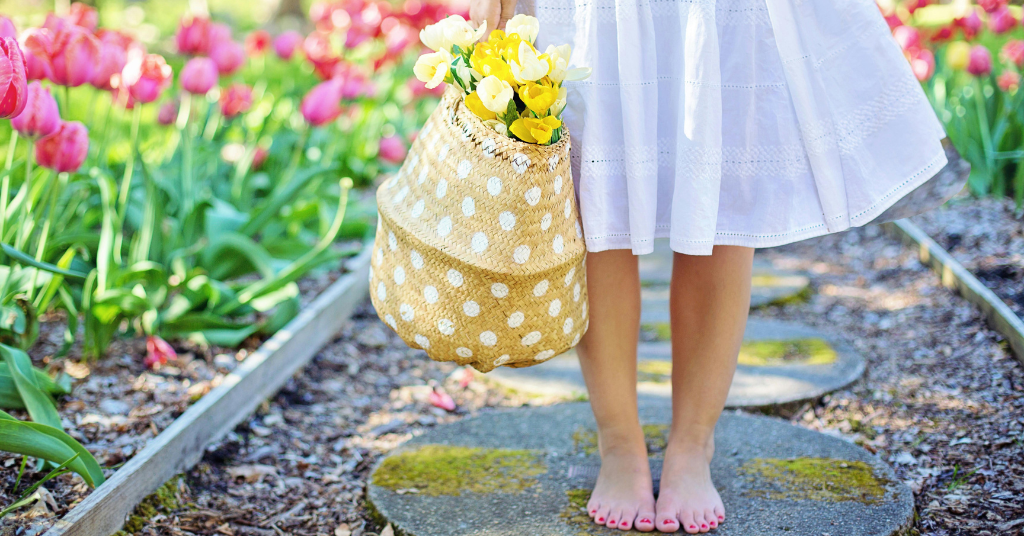The battle between natural and artificial Christmas trees is always ongoing by comparing them in price or the “Christmasy” vibe they give. Science North had a different approach: they briefly overview the pros and cons from an ecological perspective. In this short article, we summarise these points with our additions.
@sciencenorth One of the greatest holiday traditions of the season is decorating a tree 🎄 with your family. Some families get real trees, and others use artificial trees. Have you ever wondered which one is better for the environment? 🌱 #ourclimatequest #climateaction #chrisrmastree
♬ I Can Feel It (Christmas Instrumental) - Nick Sena and Danny Echevarria
Positive and negative ecological effects of natural Christmas trees
✓ Natural trees can be sustainably grown and harvested. Many Christmas tree farms follow sustainable practices such as replanting trees, using natural pest control methods, and minimizing pesticides and fertilizers. This helps to protect the environment and preserve the soil for future generations.
✓ Natural trees can be recycled or used for compost, helping to reduce waste and provides a natural source of nutrients for the soil. After the holidays, many communities offer Christmas tree recycling programs where the trees are chipped and used as mulch or compost.
✓ Christmas tree farms can provide wildlife habitats, including birds, insects, and small mammals, and also help to protect natural habitats by providing an alternative source of timber.
X Christmas tree production can use resources and contribute to climate change. Growing and harvesting Christmas trees requires energy, water, and other resources. The transportation of trees from the farm to retail locations and from there to consumers can also contribute to greenhouse gas emissions and climate change.
X Christmas tree disposal can be problematic. If not properly disposed of, Christmas trees can end up in landfills, where they take up space and release methane, a potent greenhouse gas, as they break down.
Overall, the ecological impact of Christmas trees depends on how they are grown, harvested, and disposed of. Choosing a sustainably grown and harvested tree and properly disposing of it after the holiday season can help to minimize the environmental impact of Christmas trees.
Ecological pros and cons of artificial Christmas trees
X Artificial pines may contain harmful chemicals as they are made from polyvinyl chloride (PVC), which can release toxins into the air when it breaks down over time.
X Because of the low cost of production, these items are mostly manufactured in China, so shipping them to Europe comes with a considerable carbon footprint.
X The plastic from artificial trees never completely degrades in our lifetime – or the following few generations, as it takes 400-500 years for PVC to degrade.
Overall artificial Christmas trees may sound like the better alternative, but it all depends on their lifespan – the shorter, the more negative impacts they have on the environment.




